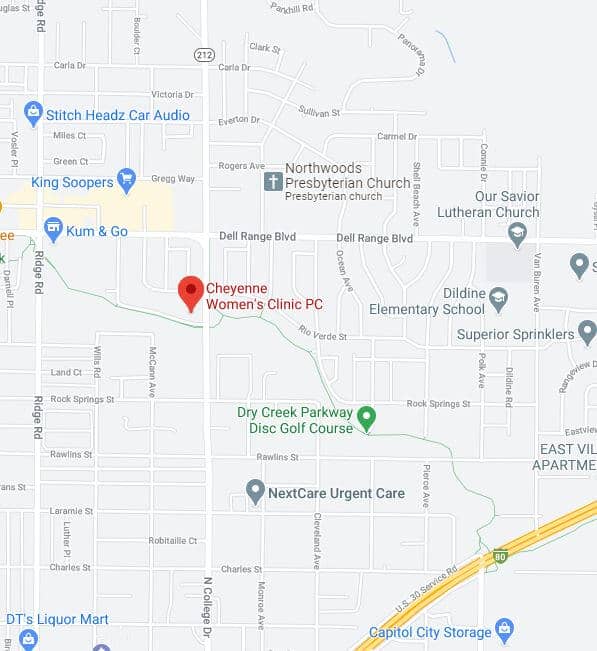3D and 4D ultrasounds provide a three-dimensional view of the traditional prenatal ultrasound. A 4D ultrasound is a 3D ultrasound in real time, which allows doctors – and parents – to witness the movement of the baby. A prenatal ultrasound uses high frequency sound waves that transmit through the mother’s abdomen. The sound waves echo back and compile into an image of the baby, which is shown on the screen.
Rather than sound waves being sent straight down and back, which results in the traditional 2D sonogram, the sound waves are sent at different angles. A computer then processes these waves into a 3D image, which has the clarity of a photograph and can be helpful in detecting birth defects. Not only does a 3D ultrasound give parents a detailed image of their growing baby, this ultrasound can be a useful tool for physicians who need to examine a woman’s endometrial cavity to look for polyps and malformations.
Below is an example of a 4D ultrasound.







